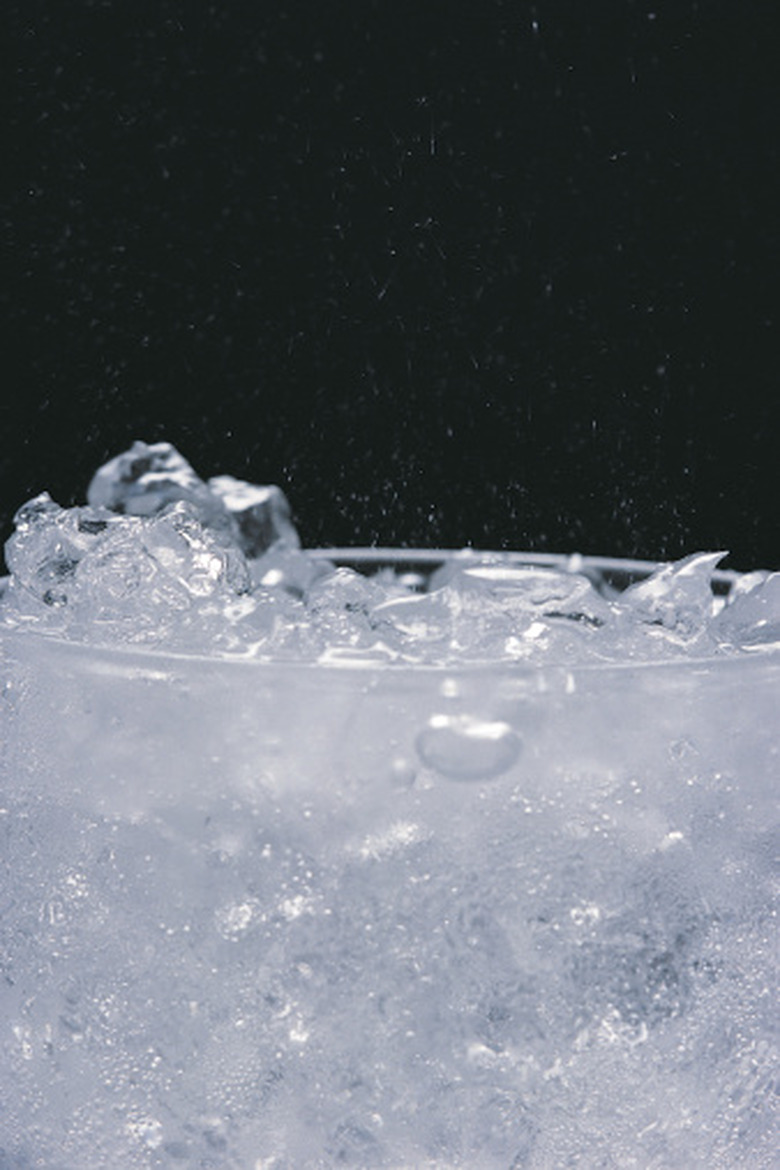How To Calculate HCO3 From CO2
In chemistry, an equilibrium occurs in a system when two opposite reactions are occurring at the same rate. The point at which this equilibrium occurs is set by thermodynamics — or more specifically by the amount of energy released and the change in entropy associated with the process. Under given conditions of temperature and pressure, the ratio between reactants and products is a constant called the equilibrium constant. You can use equilibrium constants to calculate the concentration of HCO3- in a solution if you know the partial pressure of carbon dioxide, CO2.
Step 1
Write out the chemical equations for the reactions that turn dissolved carbon dioxide to carbonic acid, bicarbonate and carbonate. The equations are as follows:
H2O + CO2 <=> H2CO3 <=> H+ and HCO3- <=> another H+ and CO3 with a charge of -2.
All the reactions in this series are two-way, in other words, the reaction can go forward or in reverse. You can calculate the concentration of bicarbonate, HCO3, at equilibrium using equilibrium constants.
Step 2
Assume the system is at room temperature and standard atmospheric pressure, that carbonate is only present in negligible quantities, and that bicarbonate and carbonic acid are the dominant species in solution. This is a valid assumption if the pH is 8 or 9 or below — in neutral and acidic solutions, in other words. In highly alkaline solutions, you can make the contrary assumption — that carbonic acid is present in only minor quantities, while bicarbonate and carbonate are the dominant species.
Step 3
Calculate the concentration of dissolved CO2 in moles per liter using Henry's Law, as follows:
Total dissolved CO2 = (2.3 x 10^-2) * (partial pressure of CO2)
Step 4
Calculate the amount of carbonic acid present using the following formula:
(1.7 x 10^-3) * (concentration of dissolved CO2) = carbonic acid concentration
Step 5
Substitute the carbonic acid concentration into the following equation, which is a reasonable approximation since carbonic acid is a weak acid:
4.3x10^-7 = (X^2) / (concentration of carbonic acid)
Solve for X by multiplying both sides by the concentration of carbonic acid, then taking the square root of both sides. Your answer will be the estimated concentration of bicarbonate.
TL;DR (Too Long; Didn't Read)
At equilibrium, both the forward and reverse reactions occur at the same rate. Left to its own devices, a system like an opened Coke can will soon reach an equilibrium between the partial pressure of CO2, the concentration of carbonic acid and the concentration of bicarbonate.
References
- "Chemical Principles, the Quest for Insight, 4th Edition"; Peter Atkins and Loretta Jones; 2008
- Utah State University: Carbon Dioxide and Carbonic Acid
Cite This Article
MLA
Brennan, John. "How To Calculate HCO3 From CO2" sciencing.com, https://www.sciencing.com/calculate-hco3-co2-8106162/. 24 April 2017.
APA
Brennan, John. (2017, April 24). How To Calculate HCO3 From CO2. sciencing.com. Retrieved from https://www.sciencing.com/calculate-hco3-co2-8106162/
Chicago
Brennan, John. How To Calculate HCO3 From CO2 last modified August 30, 2022. https://www.sciencing.com/calculate-hco3-co2-8106162/
